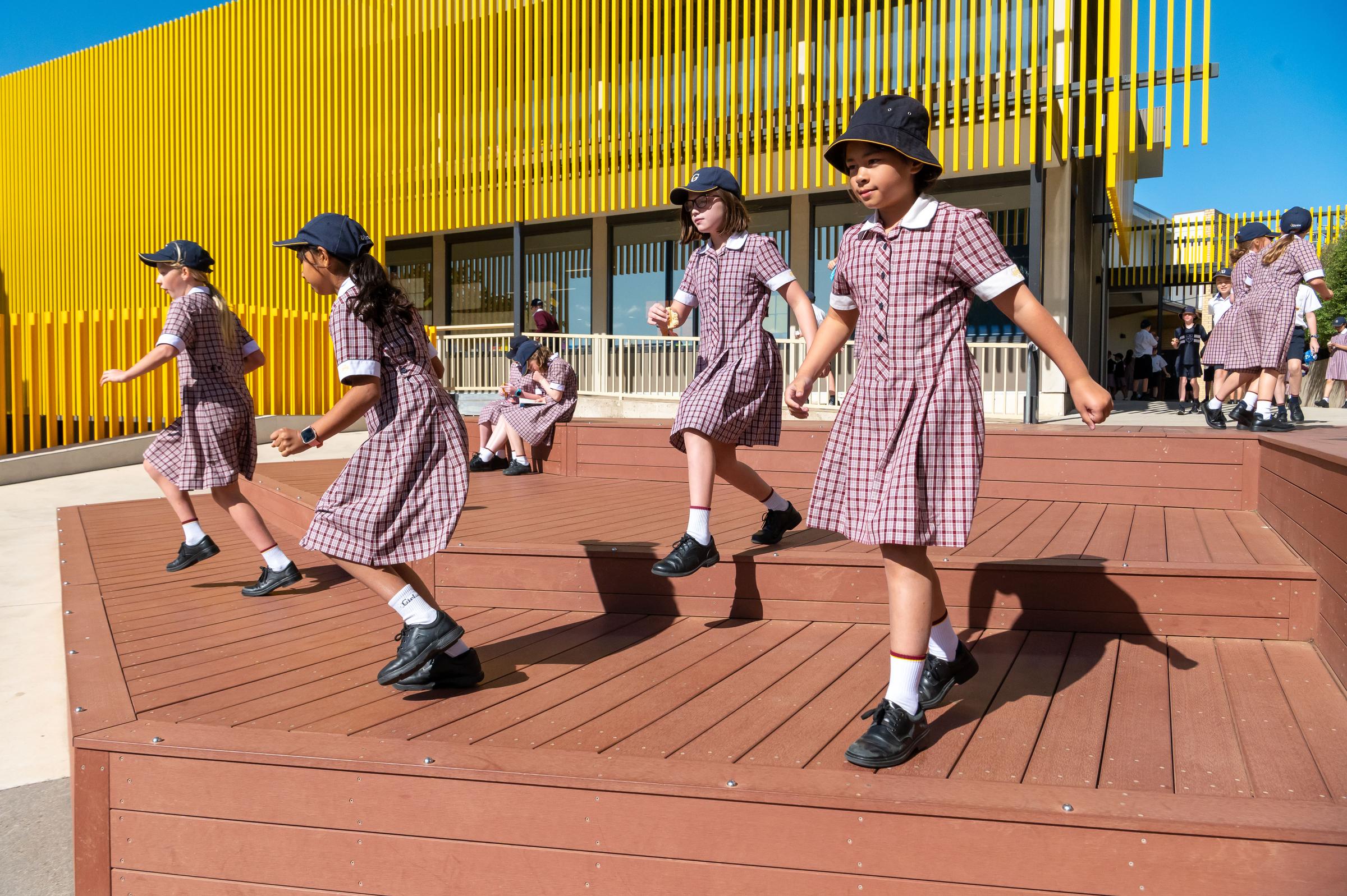Empathy and Perspective When Most Needed

“Never ever have I ever” is a fun phrase often heard coming from camp cabins, with the whisper of social interaction and good clean camp fun. More than ever, we crave this kind of idyllic scene and the memories they create, and we all look forward to these moments being commonplace again soon.
“Never ever have I ever” felt the importance of our community practising empathy and employing perspective as I do now. Mirroring, empathising, validating someone else’s experience or point of view is the most valuable act of kindness we can demonstrate at this time.
As part of our RULER Approach to emotional intelligence, at the beginning of this year, Girton Grammar School introduced a focus on building empathy and taking perspective. There is no better time to do this than now, while we all react differently to common challenges.
From my viewpoint as a Junior School teacher and from my work as the Head of Emotional Intelligence, there are several techniques that adults and young people can use to gain perspective and be more empathetic.
For students, the ability to compartmentalise adverse events and keep them from affecting all areas of life is a powerful coping skill.
For adults, adaptive distancing can be powerful. This is the practice of avoiding spending too much time brooding and doing something different to distract yourself, even if for a short time. Role modelling circuit-breaking activities to young people is particularly important as we live in close quarters with them for extended periods. If you eat your lunch at your desk, there is a good chance that your children will too.
For everyone, ‘hanging in there until things improve’ is an under-estimated coping skill about which we should remind one another, often. It is related to the notions of normalising, perseverance and acceptance of the situation.
As the saying goes, a problem shared is a problem halved. Resilient people seek solace in the company of others when they experience difficulty. This is why social connection is such a strong preventative strategy, especially now.
Very young children, through their lack of life experience, forget that bad times pass and can be prone to thinking negatively. Here are four ways to challenge a child’s catastrophic thinking:
1. “What’s the most likely scenario?” Sometimes it is useful to introduce a dose of old-fashioned rational thinking. “Yes, you could break your leg if you go skiing. But the odds are that you won’t.”
2. “Does it really matter?” One way of dealing with hardcore catastrophisers is to admit that they could be right, but even if they are right and the worst-case scenario does happen, the sun will still shine tomorrow. Take kids to the worst possible scenario, and they may see it is not so bad.
3. “Where does this fit on the disaster meter?” Catastrophisers can get themselves in a knot about relatively insignificant things. Help them get some perspective by giving their worry a score out of ten.
4. “That’s unhelpful thinking.” Sometimes children think in absolutes and become anxious about a reality that does not exist. Thinking such as, ‘everyone must like me’, and ‘I must never make a mistake’ are extreme and need to be replaced by more moderate, realistic thoughts such as “It would be nice if everyone liked me but not everyone will. It’s important to have some good friends.”
As a Girton community, we will be stronger if we consider empathy and perspective, especially at this point in time. In what is undoubtedly a noted moment in history, we will all benefit if we seek to SEE, LISTEN and FEEL from someone else’s perspective, even just for a moment.
Mr Paul Flanagan
Head of Emotional Intelligence

